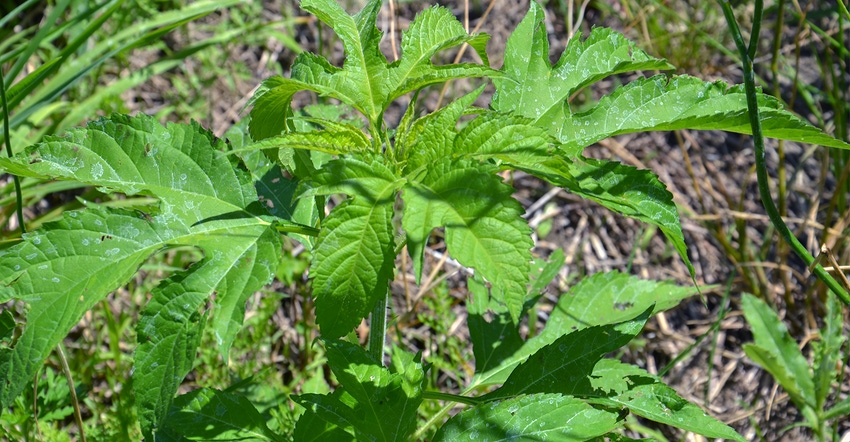
The first task before figuring out how to manage resistant weeds is determining if your weeds are truly resistant. If so, which herbicide families are they resistant to? The standard process for determining weed resistance is collecting seed and growing it in a greenhouse.
“That’s what we’ve done for several years,” says Bill Johnson, Purdue University Extension weed control specialist. “We’ve collected seed in various counties where farmers or agronomists suspect that weeds might be resistant to one or more herbicides. We grow out seedlings and then spray these populations to see if they are resistant or not.”
Characterizing resistance of the weeds in your fields puts you on the way to managing them, Johnson says. The greenhouse method of growing new plants from seed and spraying them with herbicide is reliable, but it takes months before you know the results. Sometimes you want to move faster.
“Molecular assays from weed tissue are allowing us to determine if a weed population is resistant to one or more families of herbicides much more quickly,” Johnson says. “It’s a screening process which can be done at Purdue. You can get an answer within weeks.”
The Purdue Plant and Pest Diagnostic Laboratory offers herbicide-resistance testing either from leaf tissue through a molecular assay or from seed. The cost for running a molecular assay is $11 per sample for Indiana residents, Johnson notes. For non-Indiana residents, the price is $72 per sample.
Sampling steps
How well you collect samples and handle them before shipping can affect whether or not you get an accurate picture of herbicide resistance, Johnson says.
Here is the six-step process for submitting weed leaf tissue samples for molecular testing. For a complete description of these steps, go to the Plant and Pest Diagnostic Laboratory website and click on Submit a Sample, and then Herbicide Resistance Testing in Weeds.
1. Identify five separate plants to sample. Select five plants at random in a field where you suspect weeds are resistant to one or more herbicides.
2. Collect leaves from the designated area of the plant. If it’s a young plant, take leaves from the upper 6 inches of growth, according to PPDL guidelines. If plants are already flowering or reproducing seeds, take the uppermost four leaves from each of five plants.
3. Bag samples. The leaves should be relatively dry. Place the leaves of each plant into a separate plastic bag. PPDL instructions suggest that zip-top plastic sandwich bags work well.
4. Control the environment of the samples before shipping. Don’t allow leaf samples to become overly warm. If you’re not shipping them right away, the PPDL suggests placing them in a refrigerator.
5. Send samples as soon as possible. Don’t hold samples for more than one to two days. Shipping them overnight is ideal, Johnson says. If leaf tissue degrades before arriving, it can’t be tested.
6. Fill out the form properly. You will find submission forms on the website. Fill out the information for you as the “submitter” completely. Make checks payable to Purdue University. Mail samples to the address listed on the form.
About the Author(s)
You May Also Like




